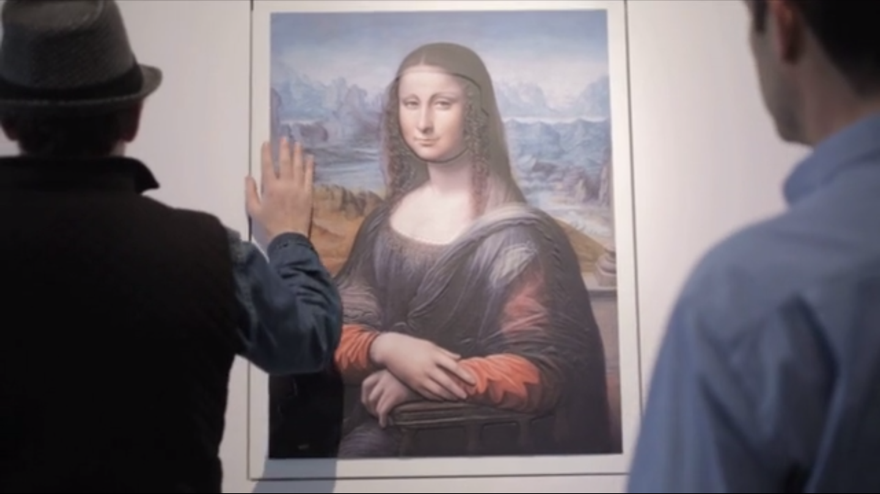“Art is universal,” wrote the 19th-century American art critic James Jackson Jarves. “It unites mankind in common brotherhood.” But what if you’re blind? How can a work of art belong to all of humanity if it cannot be universally experienced?
Estudio Durero, a Spanish creative studio, has solved this problem by printing paintings in three-dimensional relief. Nicknamed “Dídu,” Estudio Durero reports that this technique “allows us to turn a digital image into an image that can be touched and that makes sense not only to the eyes but also to the touch.”
At present, Estudio Durero’s “Dídu” works are on display at Madrid’s Museo Nacional del Prado. The “Touching the Prado” exhibit includes versions of da Vinci’s Mona Lisa, Francisco de Goya’s The Parasol, and Correggio’s Noli me Tangere. On its sight, the museum says: “Non-sighted visitors will be able to obtain a heightened degree of artistic-aesthetic-creative enjoyment in order to explain, discuss and analyse these works in the Prado.”
Although “Touching the Prado” is primarily for the benefit of blind audiences, Estudio Durero’s work affects all museum-goers. While relief printing allows the non-sighted to experience famous works for the first time, it also permits their fellow audience members to experience these works in new ways.
This side effect is something of a tradition in art for the blind. Roy Nachum, for instance, includes Braille in the background of his oil paintings. Similarly, Austin Seraphin, creates Braille street art, stickers that serve as embossed tags on buildings and that can be read by a select few. The added texture of these works benefits non-sighted individuals the most, but it is to everyone’s benefit.
H/T booooooom
